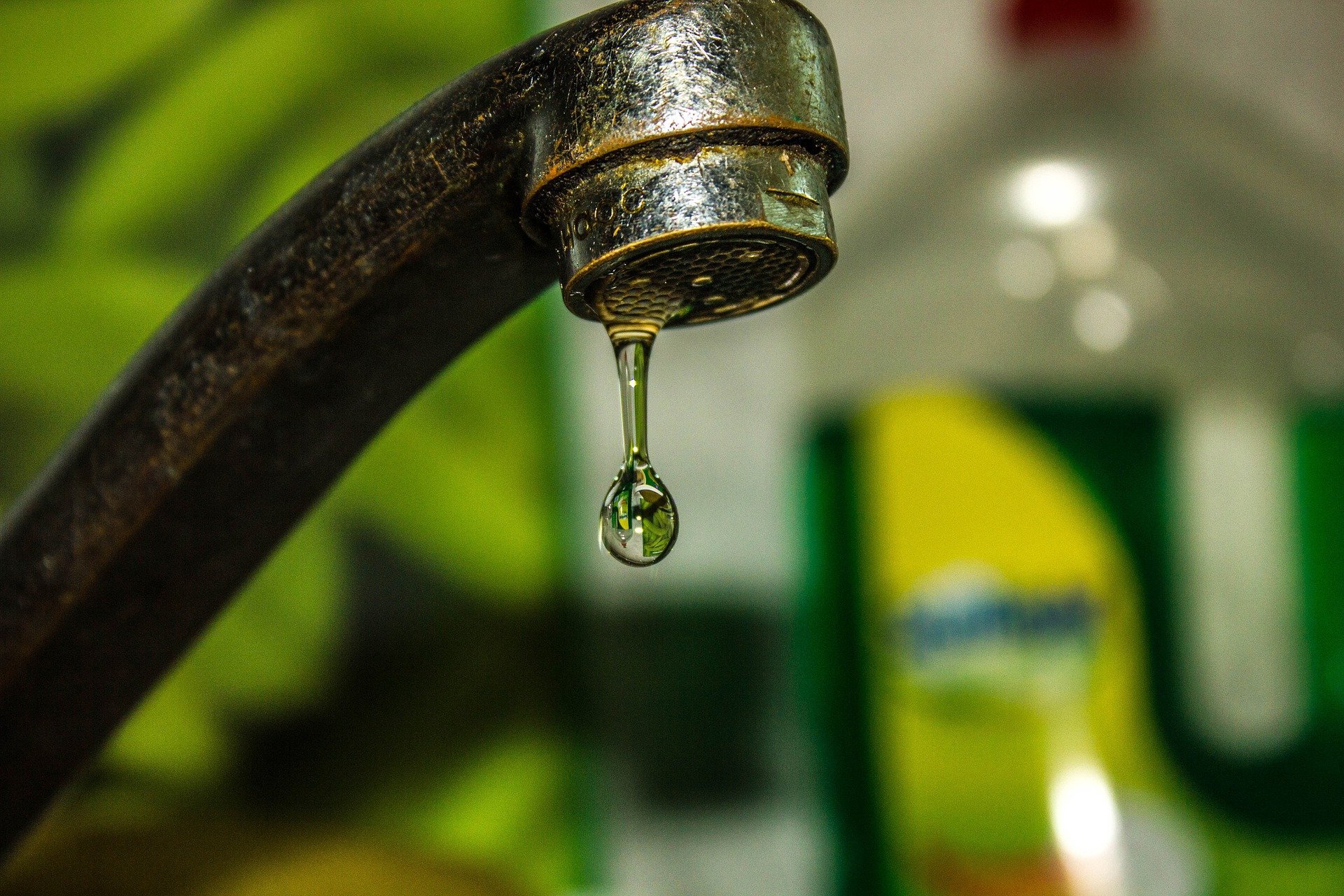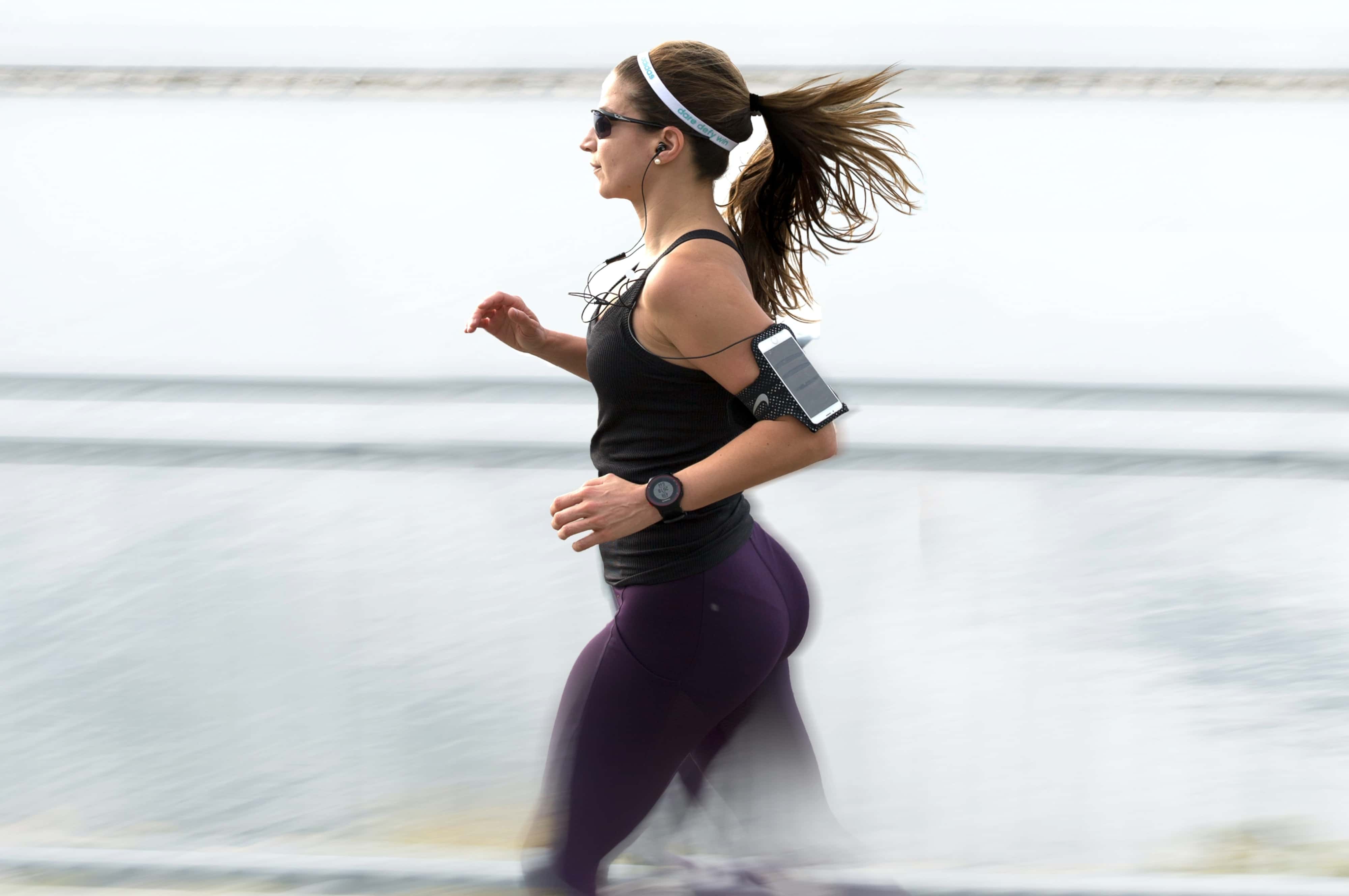
When we think of countries most at risk of a water crisis, which countries spring to mind? Dry nations like Qatar or Israel or heavily populated nations like India would all be right answers. But at number 23 – between Mexico and Morocco – Belgium faces the largest water scarcity of any central European country.
It seems paradoxical, considering the floods that occurred this summer. But irregular precipitation and a high ‘water footprint’ mean that our southern neighbors could face a water shortage in the coming years. Luckily, scientists are working on a way for countries like Belgium and the Netherlands to gain more access to fresh water.
A problem with accessing water supplies from heavy rainfall that becomes a groundwater resource is that it can be contaminated with arsenic, boronic acid, or mix with salt to become brackish. Researchers from Wageningen University; Technion, Israel Institute of Technology; and Wetsus, European centre of excellence for sustainable water technology are using electrochemical separation technology to remove these contaminants from the water.
“Industries in the Netherlands, where before water shortage was less of an issue and is now becoming one, are focused on reusing water internally,” explains Jouke Dykstra, Assistant Professor at the Department of Environmental Technology at Wageningen.
Chemical free water treatment and agriculture
The conventional way to reuse contaminated water or desalinate seawater is through reverse osmosis. Similar to squeezing water through a cloth, water is pressed through a membrane. This leaves behind unwanted properties (such as salt, silt, and other properties). However, certain ions still need to be removed and chemical treatment stands as the usual way to do this.
To achieve the chemical free stamp, scientists like Dykstra are experimenting with capacitive deionization (CDI). Their new theoretical model gives CDI new legs as an effective step to add into the process of chemical-free water treatment.
“But there’s a lot to explore still,” says Dykstra. “We need to raise its efficacy, test outside of a lab, and commercialize it.”
Illustration of capacitive deionization (Credit: Paul Gerlach)
If successful, the final product would still be years away from commercial use, estimates Dykstra. But adding a new way to achieve chemical free water treatment may be worth the wait and time investment. The EU have set a target for 25 percent organic agriculture in 2030 and countries like the Netherlands are going to have to change their farming practices to meet this. Specifically, they will have to make changes to water treatment and management.
Water reuse in the Netherlands
In the Netherlands, demand for innovations like Dykstra’s is growing. Dutch heavy rainfall means that we generally have plenty of water but need to always be careful of floods.
“We don’t think of the Netherlands as a country with a water scarcity problem,” says Dykstra. “We have always focused our technologies on discharging water as a rainfall defence.”
But climate change is causing rainfall to be more sporadic – too heavy in some instances and too light in others. New research points to a shift in focus for water management innovations. Instead of dispelling water back into the ocean, technologies that keep our fresh water supplies clean and consistent are the focus. However, sometimes these new inventions leave us wanting more:
“I am generally quite skeptical about new innovations,” says Dykstra. “The fact that I have been working on something for two years and want to continue working on it says something.”
New innovation needed
Water may soon be one of our more valuable raw materials. Particularly within agriculture, which has by far the largest ‘water footprint’, the demand for water will only grow as the global population does. It is a problem that has drawn attention from environmentalists and investors alike. And considering that global water demand is predicted to exceed sustainable water supply in 2030, it’s a problem worth pouring resources into.
Initiatives like the Horizon 2020 Water Mining project are researching sustainable methods reusing wastewater and seawater desalination. This has the potential to help countries, particularly in the Middle East, most at risk of a water crisis. However, these projects need new innovation to meet Horizon 2020’s water goals. Dykstra’s is one of many chipping away at the same problem.
“I feel like we have an interesting finding and that it is very valuable to explore the next steps,” says Dykstra. “But for the development of this technology, it is important to involve industry so it can be brought to market.”
Read here about a start-up that found a sustainable way to remove plastic from water.








